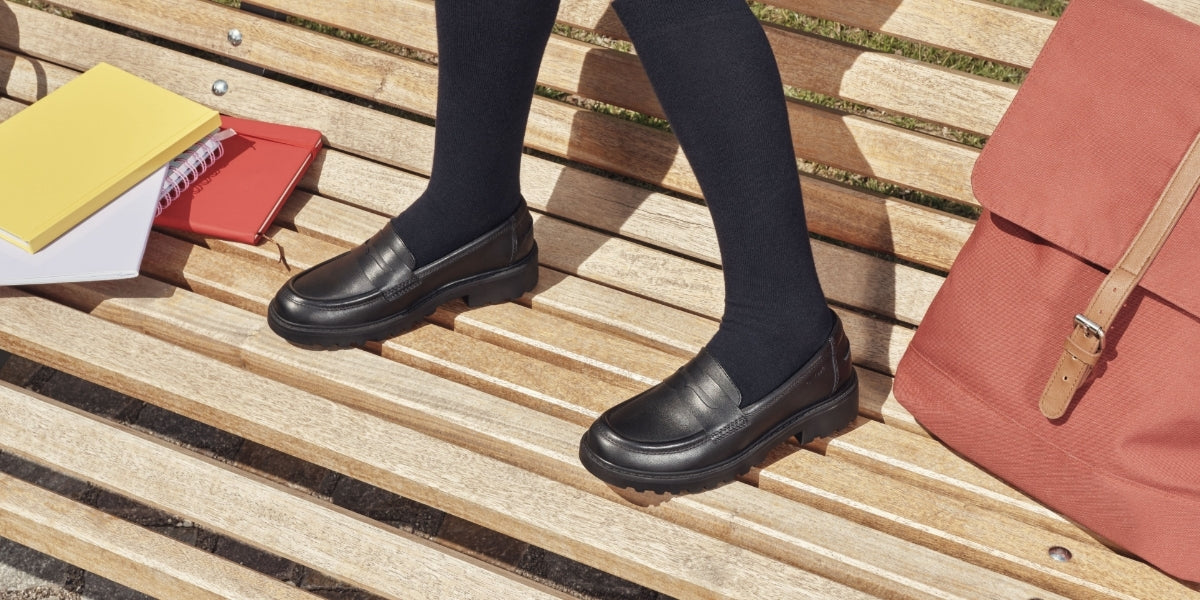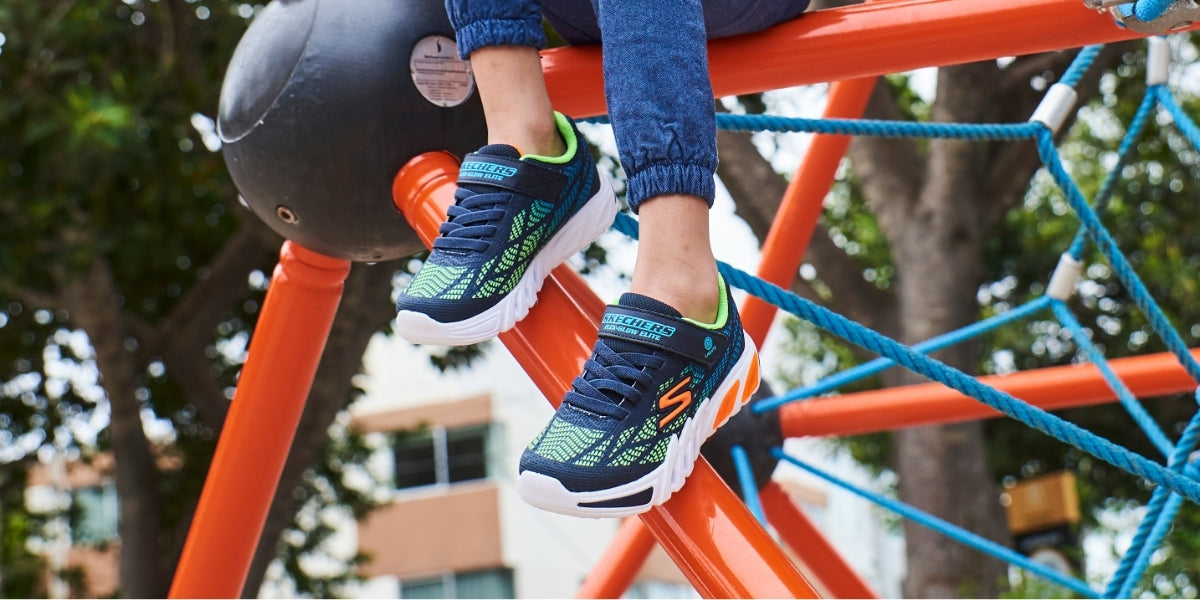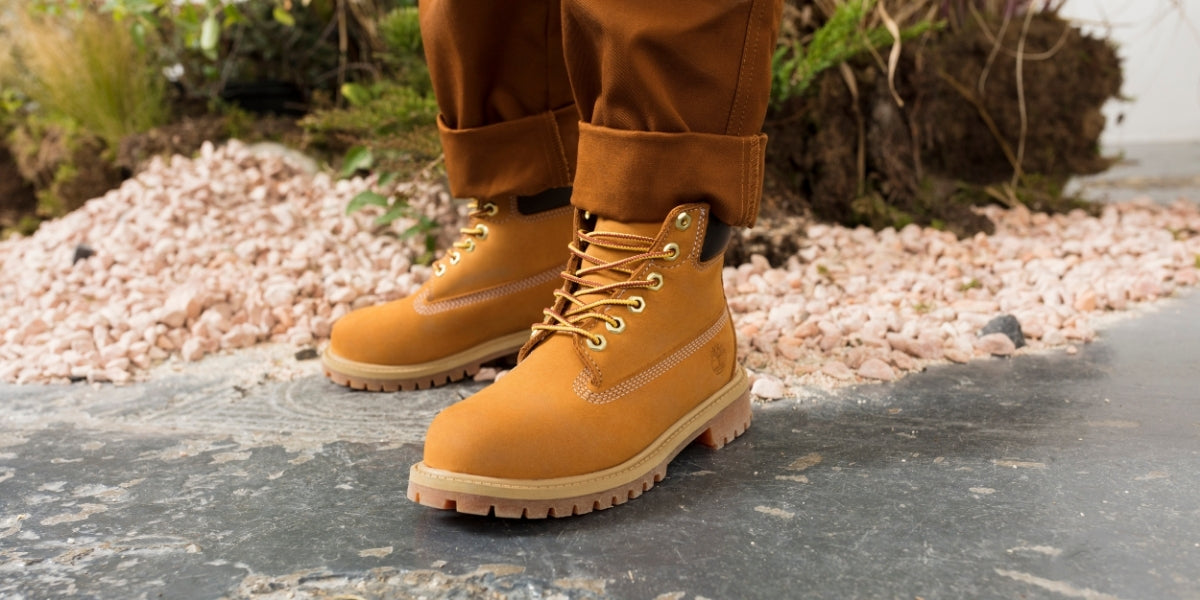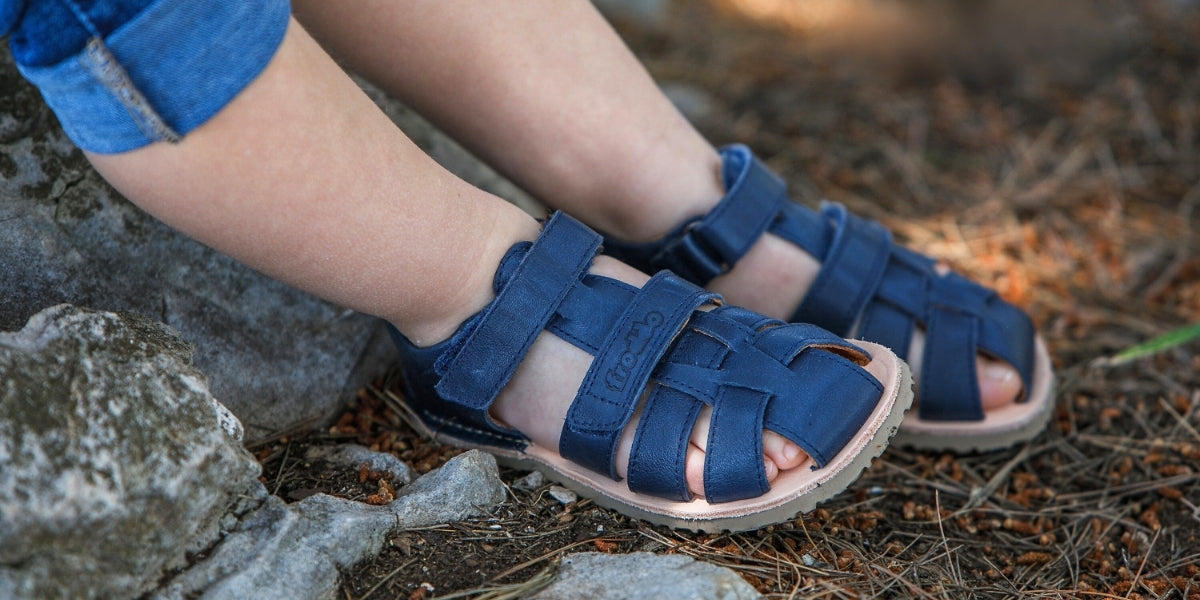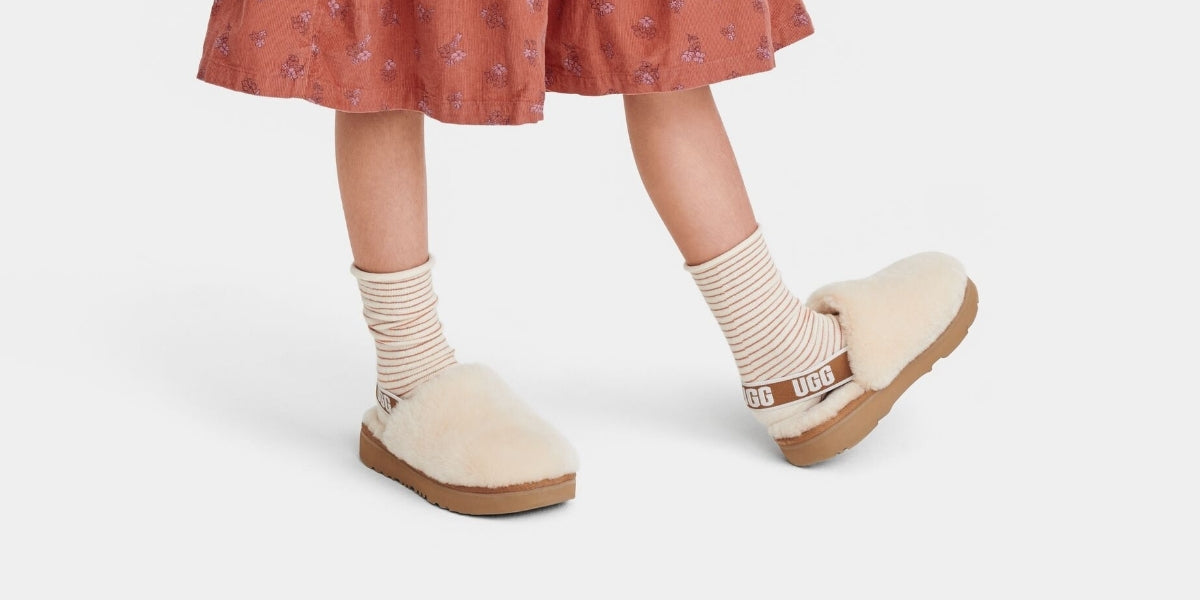Kids grow fast—and their shoes can go from perfect to painfully tight in a matter of months. But how often should you actually be replacing them? Here's what to look out for and how to stay one step ahead of those growth spurts.
Typical Replacement Timeline by Age
- Babies (0–12 months): Every 2–3 months
- Toddlers (1–3 years): Every 3–4 months
- Young children (4–6 years): Every 4–6 months
- Older kids (7+ years): Every 6–12 months
These are general guidelines—some children grow faster than others, so always check the fit regularly rather than relying on the calendar.
Signs It’s Time for a New Pair
- Toes are touching the front of the shoe
- Your child complains of discomfort or blisters
- Heel slips out while walking or running
- Shoes are difficult to put on or take off
- Sole is worn down or uneven
If you notice any of these signs, it’s likely time for a new pair—even if the shoes look fine on the outside.
Why It Matters
Wearing shoes that are too small or worn out can affect how your child walks, plays, and develops. Poor-fitting shoes can cause pain, blisters, and long-term foot issues if not addressed early.
Tips to Make Shoes Last (a Little) Longer
- Rotate between pairs: If your child has a second pair, alternating them helps reduce wear.
- Choose durable materials: Especially for school and everyday wear.
- Buy with a thumb’s width of room: Enough to grow—but not so much they’re slipping around.
The Bottom Line
Check your child’s shoes every couple of months—even if they’re not complaining. A quick fit check can save you from surprise blisters or meltdowns at the park. When in doubt, size up and choose shoes that support natural movement and growth.






































